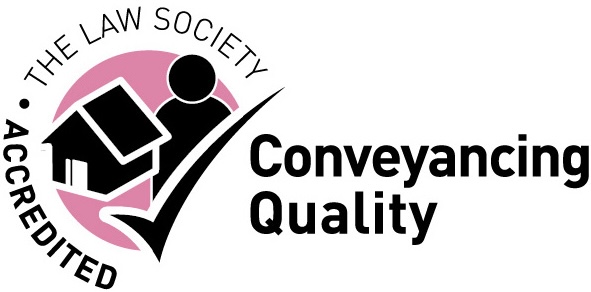Damp and mould can be damaging to property and in extreme cases, mould can cause health concerns. We take a look at how to reduce the risk of both damp and mould, which will help you keep your property in good condition.
As well as allowing mould to grow, damp can also cause wallpaper to peel, furniture to deteriorate and timber to soften and rot. A main cause of damp is condensation although in some cases it can be penetrating damp that is coming into the property because of a crack or break in the fabric of the building.
Reducing condensation
Most damp problems are as a result of condensation in the property. Ordinary levels of condensation are not usually an issue and will generally form overnight, drying out during the day. You can wipe windows in the morning if they are particularly wet and you should also open them for at least ten minutes to allow stale air to escape. Warmth is held in the solid areas of your property, so by closing the windows after ten minutes, the air will warm up again relatively quickly.
Where condensation does not dry out fully however, you are advised to try and reduce the amount that is collecting.
Reducing moisture levels in the air
Wherever possible, you should dry clothes outside and not on a radiator. If it is too cold outside, you can hang them in a room with the window open. A tumble drier can be used if it has a condenser or a vent leading outside.
If you are cooking, keep lids on pans. If you have an extractor fan in the kitchen, turn this on while you are cooking. Similarly, if you have one in the bathroom, use this while you are showering. You should also keep the doors to the kitchen and bathroom closed to prevent the moisture from escaping to the rest of the house. Open the windows in the room for ten minutes after cooking or showering to allow as much of the moisture as possible to escape.
You should never use paraffin or bottled gas heaters inside. As well as producing a large amount of water vapour they are dangerous.
Improving air circulation
Improving air circulation will give moisture the chance to escape and can reduce the likelihood of mould.
Keep windows open a crack whenever you can and do not draughtproof windows in the kitchen or bathroom or rooms that seem damp. You should also avoid draughtproofing in any room with a fuel burning heater such as a gas fire.
If you have air bricks, ensure that they are not blocked by anything. Use extractor fans when you need to.
Keep furniture away from external walls, to include large items such as wardrobes and sofas. Try to hang curtains so that there is a gap between them and the wall during the day to prevent moisture from gathering.
Do not have spray foam insulation installed as this can cause very serious problems to your property. Similarly, some properties are not suitable for cavity wall insulation, particularly if they are regularly exposed to wind-driven rain, in an unsheltered position or the external walls are not sound.
The best way to avoid moisture build-up is by having adequate ventilation in your property.
Penetrating damp
If damp is in one particular area of your home, it could be coming in from outside. Try to check the fabric of your building such as the brickwork, render, downpipes and roof tiles to see if you can find any cracks or damage.
Contact us
If you would like to speak to one of our expert property lawyers, ring us on 0333 305 5189 or email us at info@lpropertylawyers.co.uk.


